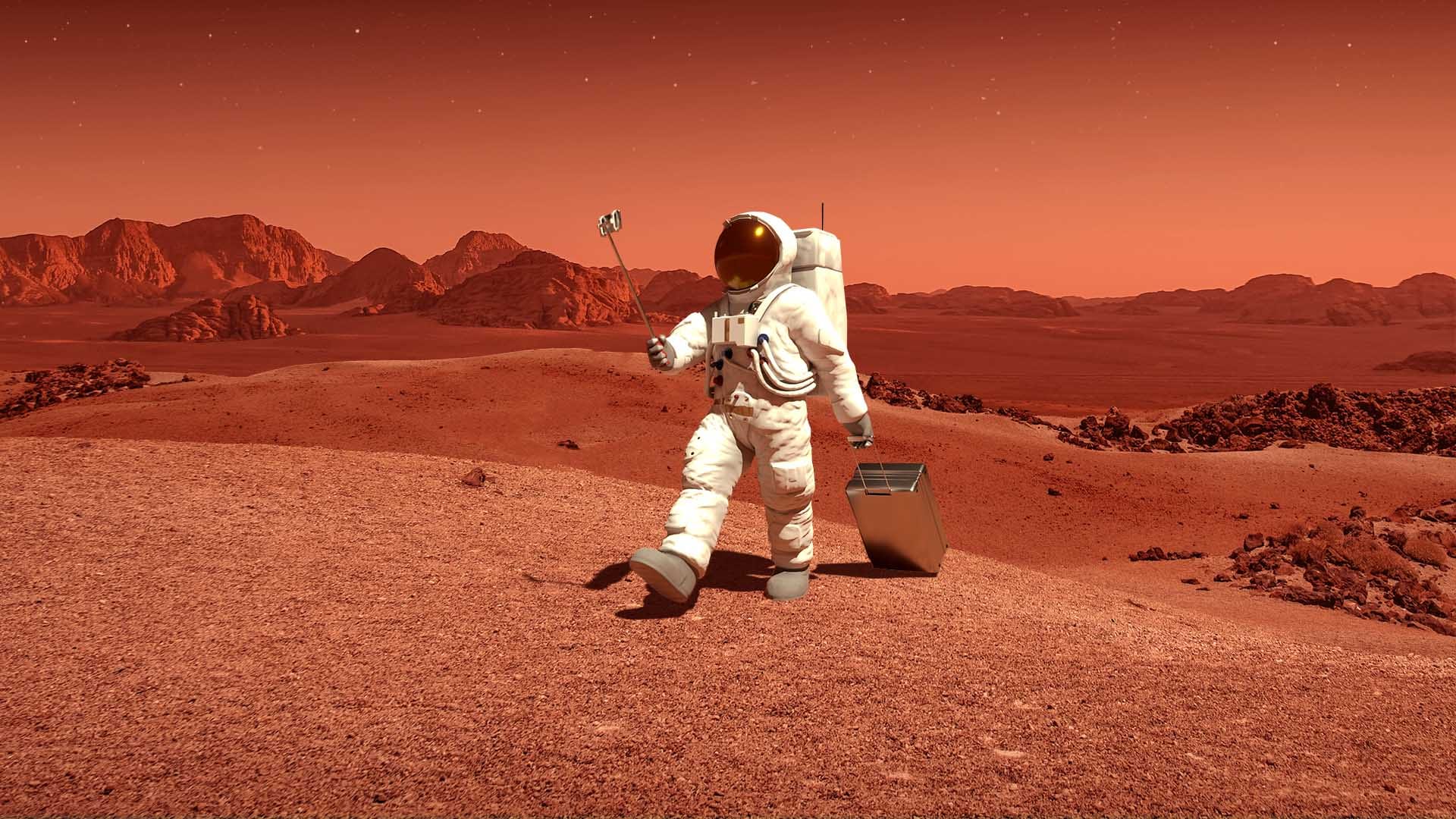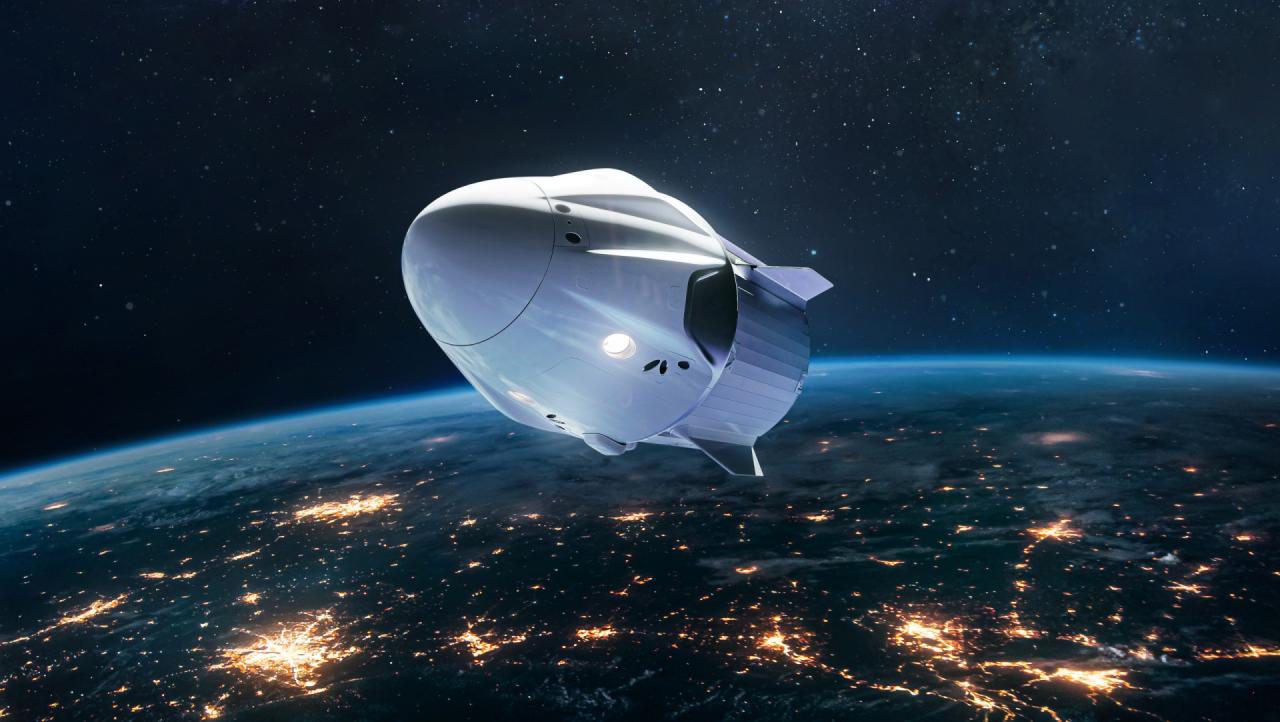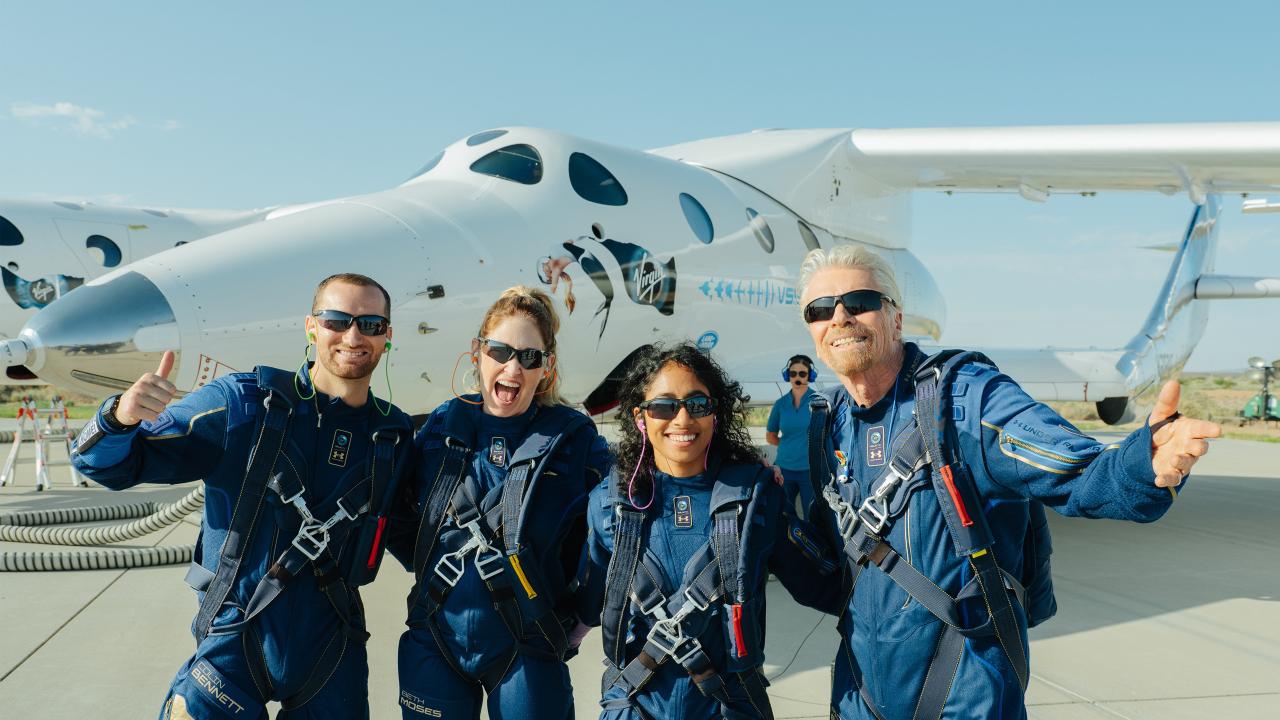The concept of traveling beyond Earth’s atmosphere, once confined to the pages of science fiction novels and the realm of elite astronauts, is now on the cusp of becoming a tangible reality for a select few. Space tourism, once a distant dream, is rapidly approaching a commercial tipping point, poised to redefine leisure travel and humanity’s relationship with the cosmos. This extensive article will delve into the groundbreaking advancements propelling space tourism forward, explore the diverse experiences it promises, analyze the inherent challenges and ethical considerations, and examine how this nascent industry is set to reshape technology, science, and our collective imagination. Prepare to embark on an unprecedented journey to the final frontier, as commercial spaceflight begins its ascent.
The Dawn of Commercial Spaceflight

For decades, space exploration was the exclusive domain of government-funded agencies like NASA and Roscosmos, driven by scientific discovery and national prestige. The idea of ordinary citizens venturing into orbit or beyond was purely speculative. However, the last two decades have witnessed a profound shift, largely fueled by private sector innovation and the visionary efforts of billionaires with a passion for space.
Companies like SpaceX, Blue Origin, and Virgin Galactic have invested heavily in developing reusable rocket technology and spacecraft designed for human transport, dramatically reducing the costs and increasing the feasibility of commercial space travel. This private sector drive has transformed space from an unreachable frontier into a burgeoning industry, offering unique, once-in-a-lifetime experiences that blend extreme adventure with unparalleled perspectives of our home planet.
The Forces Propelling Space Tourism Forward
Several pivotal factors are converging to accelerate the transition of space tourism from concept to commercial operation:
A. Technological Breakthroughs in Reusable Rockets:
The development of reusable rocket technology by companies like SpaceX (with its Falcon 9 and Starship) has been a game-changer. Reusing rocket components drastically reduces launch costs, making space travel economically more viable for commercial ventures. This innovation is akin to how reusable aircraft revolutionized air travel decades ago, making it accessible to the masses.
B. Private Sector Investment and Visionary Leaders:
Billionaire entrepreneurs such as Elon Musk (SpaceX), Jeff Bezos (Blue Origin), and Richard Branson (Virgin Galactic) have poured vast sums of capital and an unwavering vision into making space accessible. Their ambition and willingness to take on significant risks have driven rapid innovation and pushed the boundaries of what was previously thought possible in space travel.
C. Growing Demand from High-Net-Worth Individuals:
There is a demonstrable appetite among the ultra-wealthy for exclusive, experiential travel. For those who have “done it all” on Earth, space represents the ultimate frontier, a unique status symbol, and an unparalleled adventure. This high-paying customer base provides the initial revenue stream to fund further development and reduce future costs.
D. Advancements in Spacecraft Design and Safety:
Companies are designing spacecraft specifically for civilian passengers, prioritizing safety, comfort (within the confines of space), and the viewing experience. Innovations in life support systems, emergency procedures, and passenger training are making these journeys increasingly secure, though risks remain.
E. Relaxed Regulatory Environment and Government Support:
Governments, particularly in the United States, are increasingly adopting policies that foster commercial space development, including streamlined regulatory processes for private launches and spaceflight operations. This supportive environment encourages investment and innovation in the private space sector.
F. Public Fascination and Media Hype:
The inherent human fascination with space, amplified by extensive media coverage of suborbital flights and orbital missions, generates immense public interest and demand. This creates a powerful feedback loop, encouraging more investment and accelerating development. Seeing civilian astronauts in space legitimizes the dream for many.
G. Spin-Off Technologies and Benefits:
The technological advancements driven by space tourism research and development have numerous spin-off benefits for Earth-based industries, including materials science, propulsion systems, medical technologies, and sustainable energy solutions. This provides a broader economic incentive for investment.
The Diverse Experiences of Space Tourism
Space tourism isn’t a single, monolithic experience. It encompasses a range of distinct journeys, each offering different levels of altitude, duration, and associated costs.
Types of Immersive Space Tourism Journeys
A. Suborbital Spaceflight:
This is currently the most accessible form of commercial space tourism. Passengers ascend to the edge of space (above the Kármán line, typically around 100 km or 62 miles altitude) but do not achieve orbit around Earth.
- Experience: Passengers experience several minutes of weightlessness (microgravity) and witness breathtaking views of Earth’s curvature against the blackness of space. The flight profile resembles a ballistic arc, lifting off vertically (like Blue Origin’s New Shepard) or horizontally from a runway (like Virgin Galactic’s SpaceShipTwo).
- Duration: The entire experience, from liftoff to landing, typically lasts between 10-20 minutes, though the overall pre-flight training and journey can span several days.
- Cost: Currently in the range of $250,000 to $450,000 per seat.
B. Orbital Spaceflight:
This involves traveling into Earth’s orbit, where the spacecraft continuously circles the planet. This is a much more complex and longer-duration mission than suborbital flight.
- Experience: Passengers live and work in microgravity for days, sometimes weeks, observing multiple sunrises and sunsets, and seeing Earth from a truly global perspective. This often includes stays on orbital laboratories like the International Space Station (ISS) or purpose-built private space stations.
- Duration: From a few days to several weeks or even months, depending on the mission and destination.
- Cost: Significantly higher than suborbital, typically tens of millions of dollars per seat, due to the complexity and duration. SpaceX’s Inspiration4 mission was estimated to cost around $200 million for four seats.
C. Lunar Tourism (Circumlunar/Orbital):
This involves traveling around the Moon or entering lunar orbit, without landing on the surface.
- Experience: Passengers would witness the far side of the Moon, Earthrise, and experience the journey through deep space. This is a journey of extreme endurance and psychological fortitude.
- Duration: Approximately 7-10 days for a circumlunar flight.
- Cost: Projected to be in the hundreds of millions of dollars per seat, currently only conceptual for commercial passengers, with SpaceX’s dearMoon project being a notable example.
D. Space Stations and Space Hotels:
Future concepts include dedicated private space stations or “space hotels” where tourists can stay for extended periods, enjoying amenities and unique views, similar to luxury hotels on Earth but in orbit.
- Experience: Living in a controlled microgravity environment, enjoying panoramic views, potentially engaging in scientific experiments or unique recreational activities.
- Duration: From a few days to several weeks.
- Cost: Projected to be very high initially, likely in the tens to hundreds of millions, gradually decreasing over time.
E. Terrestrial Space Training and Simulators:
Even without going to space, a form of “space tourism” involves experiencing high-fidelity simulations, centrifuge training (to experience G-forces), and astronaut-like training programs on Earth.
- Experience: Gaining insight into astronaut training, experiencing simulated weightlessness (e.g., parabolic flights in a “vomit comet”), and learning about spaceflight dynamics.
- Duration: From a few hours to several days.
- Cost: Ranging from hundreds to thousands of dollars, making it the most accessible entry point to the space experience.
Navigating the Challenges and Ethical Considerations
While the promise of space tourism is exhilarating, the industry faces significant hurdles and raises important ethical questions that need to be addressed as it evolves.
Key Challenges and Ethical Debates
A. Safety and Risk Management:
Despite advancements, space travel remains inherently risky. Ensuring passenger safety is paramount, especially as the number of commercial flights increases. This includes developing robust emergency systems, rigorous training protocols, and clear medical requirements for participants. Any major incident could severely set back the industry.
B. High Cost and Exclusivity:
Currently, space tourism is exclusive to the ultra-rich. This raises questions about equity and access. While costs are expected to decrease over time with increased demand and technological efficiency, it will likely remain a luxury experience for the foreseeable future.
C. Environmental Impact:
Rocket launches release greenhouse gases and other pollutants into the atmosphere. As the frequency of launches increases, the environmental impact, particularly on the ozone layer and climate, becomes a significant concern. Sustainable propulsion technologies and carbon offsetting measures will be crucial.
D. Space Debris and Orbital Congestion:
More objects launched into orbit increase the risk of collisions, generating more space debris that threatens active satellites and future space missions. Effective space traffic management and debris mitigation strategies are vital.
E. Medical and Psychological Preparedness:
Spaceflight impacts the human body and mind in unique ways (e.g., radiation exposure, microgravity effects, psychological stress). Thorough medical screening and specialized psychological preparation are necessary for all passengers.
F. Regulatory Framework and International Laws:
The legal framework for commercial space tourism is still evolving. Questions about liability, jurisdiction in space, property rights, and search and rescue operations in the event of an incident need clear international agreements.
G. Aesthetic and Ethical Preservation of Space:
As more people venture into space, there are concerns about preserving the pristine nature of celestial bodies and orbital environments. Preventing contamination of the Moon or Mars, and managing waste in orbit, are ethical responsibilities.
H. The “Overview Effect” and Global Consciousness:
While transformative, the “Overview Effect” might also highlight the vast inequalities on Earth from a new perspective, potentially sparking new social and ethical responsibilities for those who experience it.
The Broader Impact

The rise of space tourism has profound implications for technology, science, and humanity’s long-term future.
Transformative Impacts of Commercial Space Tourism
A. Accelerated Technological Innovation:
The competition and demand generated by space tourism push boundaries in materials science, propulsion, life support, and robotics, leading to innovations that will benefit numerous Earth-based industries.
B. Stimulation of Space Infrastructure Development:
The need to support tourist missions will drive the development of more spaceports, orbital habitats, and ground support systems, creating a robust space infrastructure that can also serve scientific and industrial purposes.
C. Expanded Research Opportunities:
Commercial spaceflights open up new platforms for scientific research, allowing experiments to be conducted in microgravity or at suborbital altitudes more frequently and affordably than through traditional government programs.
D. Inspiring STEM Education and Workforce:
The excitement surrounding space tourism can inspire a new generation to pursue careers in science, technology, engineering, and mathematics (STEM), fueling innovation and addressing critical workforce shortages.
E. Democratization of Space Access (Eventually):
While exclusive now, the long-term goal of many space companies is to drastically reduce costs, eventually making space travel accessible to a broader segment of the population, leading to a true democratization of space.
F. New Economic Ecosystem and Job Creation:
Space tourism is creating an entirely new economic sector, generating jobs in aerospace engineering, manufacturing, operations, training, and specialized tourism services.
G. Shifting Human Perspective and Global Consciousness:
As more people witness Earth from space, the “Overview Effect” could foster a heightened sense of global unity, environmental awareness, and a collective responsibility for our planet’s future, potentially leading to positive societal shifts.
H. Long-Term Lunar and Martian Colonization:
The development of reusable rockets, advanced life support systems, and deep space communication for tourism are critical steps towards the long-term vision of establishing human outposts on the Moon and Mars.
I. Innovation in Space Medicine:
The need to monitor and care for non-professional astronauts in space will drive advancements in space medicine, including remote diagnostics, personalized health monitoring, and countermeasures for space-induced physiological changes.
J. Cultural and Artistic Inspiration:
Space tourism will undoubtedly inspire new forms of art, literature, music, and media, reflecting humanity’s evolving relationship with the cosmos and new perspectives gained from looking back at Earth.
Conclusion
The trajectory of space tourism is clear: it is no longer a distant fantasy but a rapidly emerging reality. Fueled by audacious private investment, relentless technological innovation, and a profound human desire for exploration, the opportunity to venture beyond Earth’s bounds is within grasp, albeit for a privileged few initially.
While significant challenges remain – from ensuring safety and managing environmental impact to navigating complex ethical considerations – the potential rewards are immense. Space tourism promises not only unparalleled individual experiences but also a powerful catalyst for scientific progress, technological breakthroughs, and a potential shift in humanity’s collective consciousness. As the rockets continue to launch and the boundaries of human experience expand, the dream of touching the cosmos is moving from aspiration to reservation. The universe is waiting for the curious, and soon, you might just be able to answer its call.













